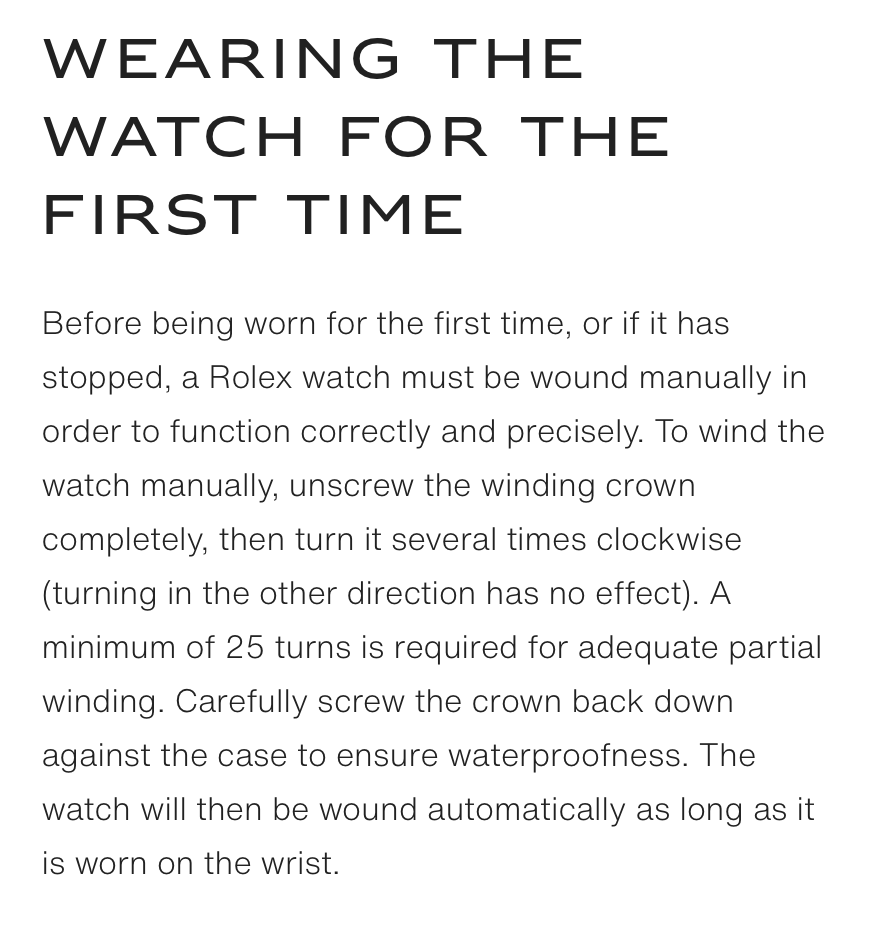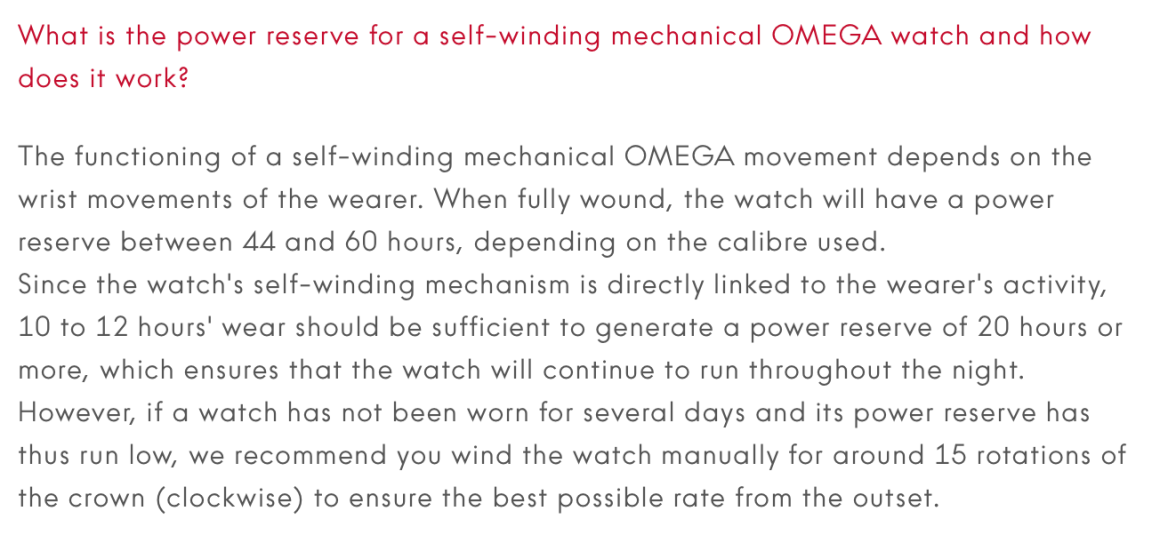SkunkPrince
·What @Dan S said, and think of this: at some point during the wearing of your watch, especially since many wind both directions of rotor movement, the watch will be fully wound and the bridle will slip. There is nothing you can do to stop this, and it's designed to do this. Turning the crown a large number of times to ensure the watch is fully wound is quite common and hurts nothing.

